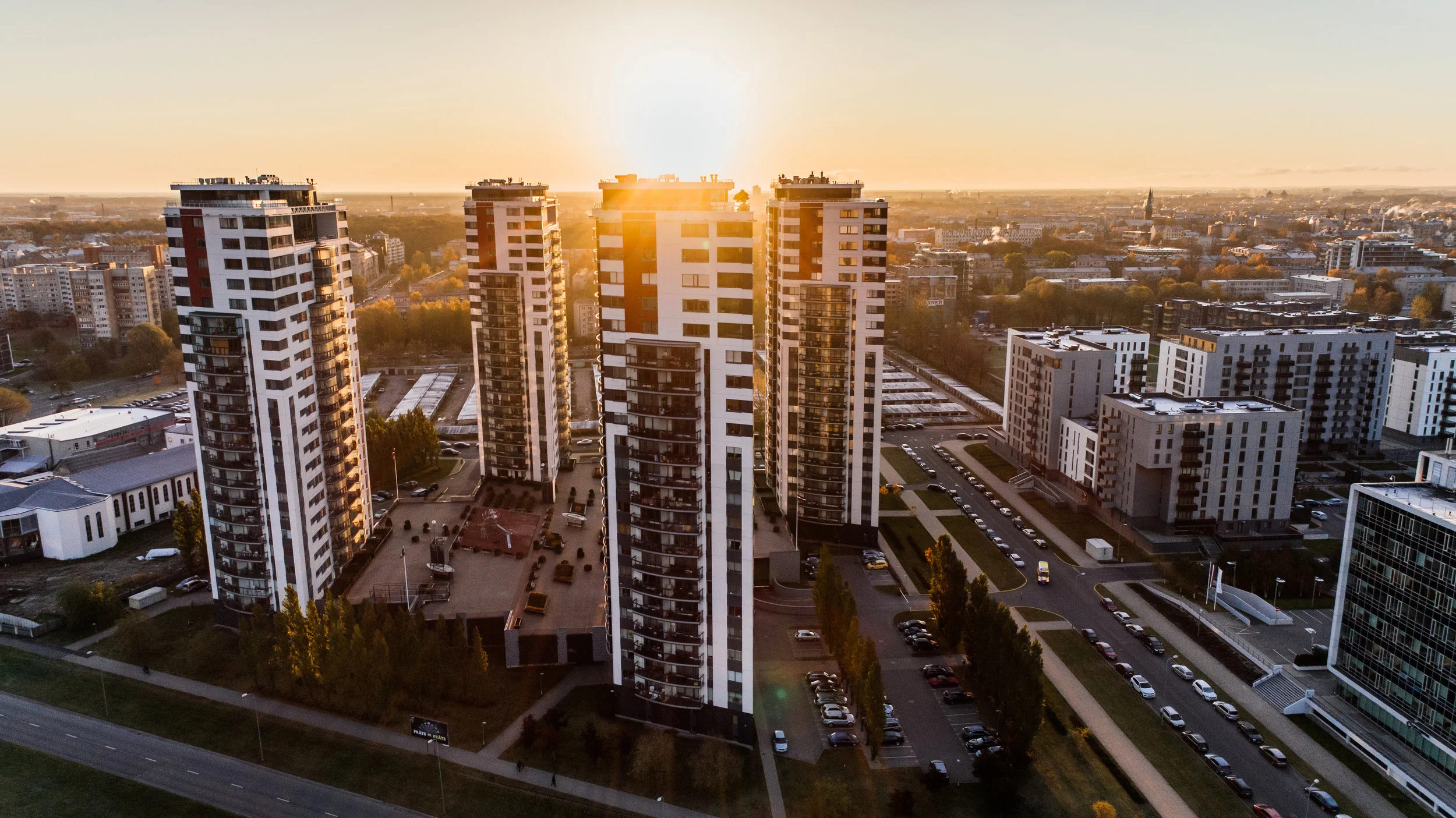The construction industry’s acute labor shortage is putting the squeeze on the industry — delaying project schedules and increasing costs — but experts say there are ways to solve the problem, although quick fixes aren’t part of the mix.
“On the residential side, the lack of available labor is adding about two months and about $6K onto every single home being constructed in the Dallas area today,” Dallas Builders Association Executive Officer Phil Crone said at Bisnow’s Dallas Construction & Development conference Thursday.
The Associated General Contractors of America reported Aug. 29 that 80% of construction firms report difficulty filling hourly craft positions — shortages that it said pose a significant risk to future economic growth.
In Dallas, where the economy is booming, the shortages are especially acute.
“Cost is what everybody is most focused on. How can we keep costs in line and keep growth going? Certainly, the labor shortage, in my opinion, is the biggest culprit in cost increases,” VCC Construction Managing Director Derek Alley said. Dallas-Fort Worth construction and development leaders discussed several ideas to lessen the shortage, although none are quick fixes:
1. Increase emphasis on shop classes in Texas high schools. “We all had shop class and vocational programs in our schools growing up, I know I did, and I think some of those things have fallen by the wayside,” Crone said. 2. Support community college construction management programs as guest lecturers and via job fairs. Collin College began offering a new construction management associate’s degree this fall at its Frisco campus. 3. Push Congress for immigration reform — specifically a guest worker program designed to address labor shortages in construction fields. 4. Innovate via modular building, artificial intelligence and technology to increase efficiencies and reduce costs.
Employment in construction continued to trend up in August, adding 23,000 jobs nationwide, according to a Sept. 7 employment situation summary by the U.S. Labor Department, and has increased by 297,000 over the year. Wages across all sectors accelerated to a nine-year high with the average wage paid to American workers rising by 10 cents to $27.16 an hour. Over the year, pay is up 77 cents or 2.9%.
“What we need is a guest worker program that is tailored to the construction industry and that lets workers step out of the shadows and confidently into the jobs that we need them to do and that aren’t going to be filled by domestic workers any time soon,” Crone said. Such a program would not be tied to amnesty or to citizenship, he said. “It’s coupled to responsibility and it’s coupled to opportunity.”
DPR Construction Project Executive Jeff Parsons said the self-performing contractor employs 350 to 400 craftsmen in the Dallas region in fields such as drywalling, roofing and framing. And that isn't enough. “What we are finding is the labor is short so we have to, unfortunately, ask these guys to work 50 to 60 hours a week so then they are tired,” he said. That impacts production rates and also adds costs, Parsons said. “Now we are having to include overtime in our budget that we might not have had before or count on a lower production rate.”
The state’s strong economy, a pipeline of work and top talent means plenty of opportunities for construction and development firms in DFW, said Sam Sayani, president of Thakkar Developers in McKinney. He is optimistic about the future of the industry if labor woes are methodically worked through. “The solutions aren’t short term; you do not generate a labor force overnight,” he said. “We will have to adapt … to get through this [with] continuous improvement processes, lean manufacturing, IT solutions [and] very solid, impeccable planning,” he said. “Those are some of the very creative, outside-the-box solutions that we must all work together to bring to fruition. If we can capitalize on these there is absolutely no stopping us.”
Original Article Link

